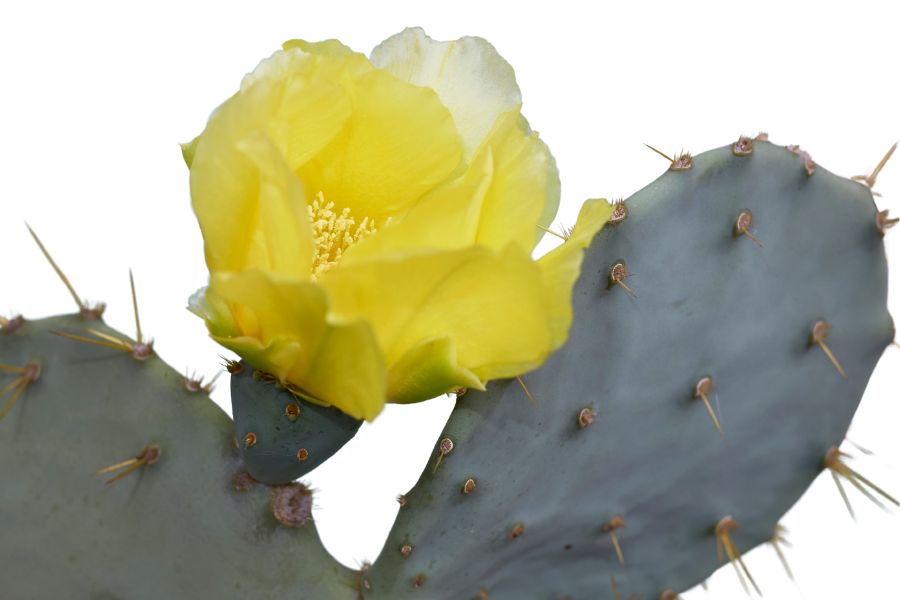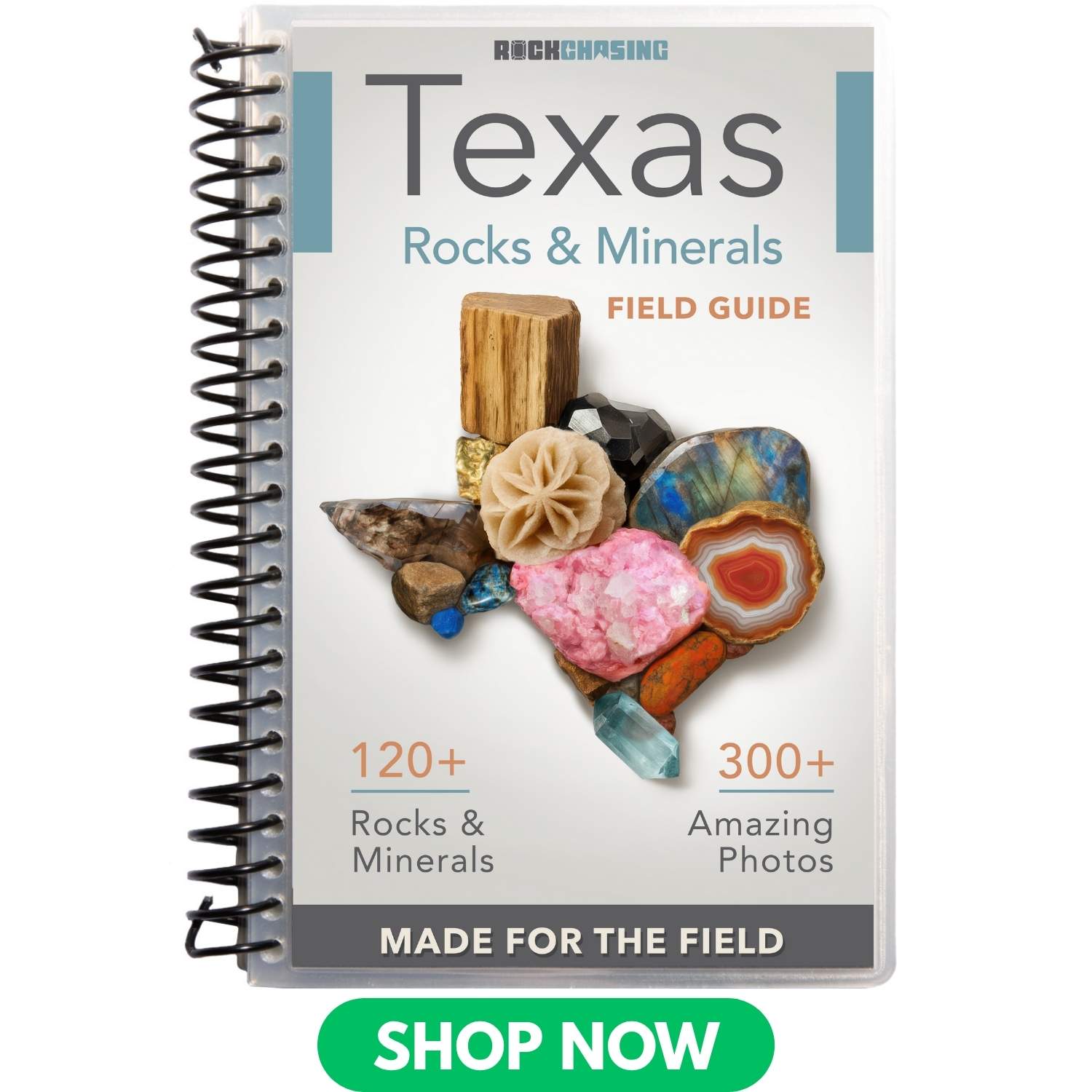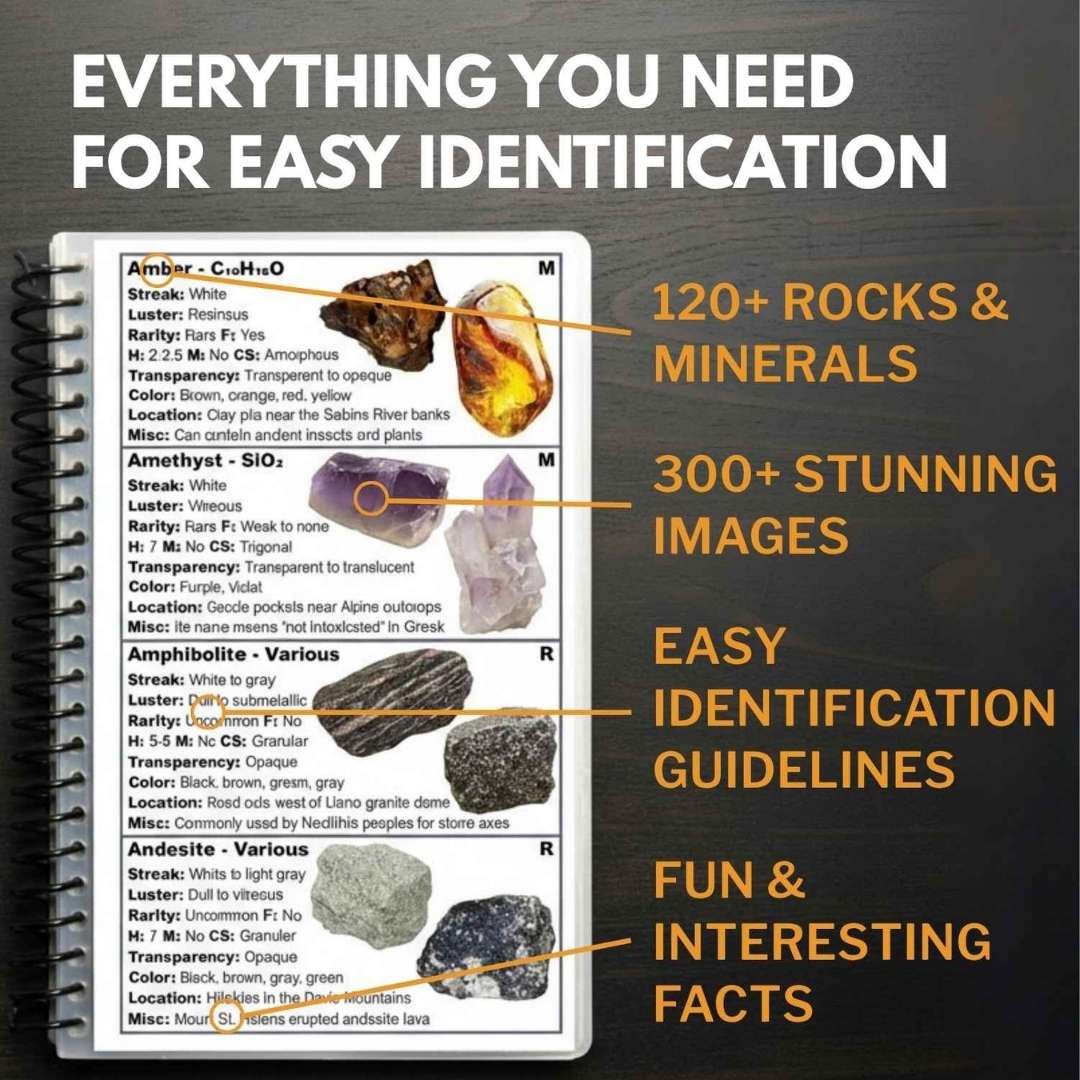Texas is home to an impressive mix of valuable forageable plants, which thrive in the state’s diverse landscapes. Wild chiltepins grow hot and bright in thorny brushlands, while maypops offer their tropical-tasting pulp in quiet clearings. You’ll also find Jerusalem artichokes pushing up in sunny fields if you know what to look for.
Some of these plants are prized in gourmet kitchens, others in traditional medicine, and some are simply hard to find outside the wild. The value isn’t just in how they taste, but how specific the conditions have to be for them to grow well.
Whether you’re deep in a pine forest or on rocky limestone hills, the right spot could hold something surprising.
If you know where to search and what clues to follow, you’ll start to notice more than just the obvious greens and berries. The range of useful plants across Texas is far bigger than most people think. Once you know how to spot the right signs, your chances of finding edible treasures go way up.
And while you’re out foraging, it’s worth bringing Rock Chasing’s Rocks & Minerals Of Texas Identification Guide with you. It helps you recognize rare and interesting stones along the way so you never walk past something remarkable without realizing what you’ve found.
What We Cover In This Article:
- What Makes Foreageables Valuable
- Foraging Mistakes That Cost You Big Bucks
- The Most Valuable Forageables in the State
- Where to Find Valuable Forageables in the State
- When to Forage for Maximum Value
- The extensive local experience and understanding of our team
- Input from multiple local foragers and foraging groups
- The accessibility of the various locations
- Safety and potential hazards when collecting
- Private and public locations
- A desire to include locations for both experienced foragers and those who are just starting out
Using these weights we think we’ve put together the best list out there for just about any forager to be successful!
A Quick Reminder
Before we get into the specifics about where and how to find these plants and mushrooms, we want to be clear that before ingesting any wild plant or mushroom, it should be identified with 100% certainty as edible by someone qualified and experienced in mushroom and plant identification, such as a professional mycologist or an expert forager. Misidentification can lead to serious illness or death.
All plants and mushrooms have the potential to cause severe adverse reactions in certain individuals, even death. If you are consuming wild foragables, it is crucial to cook them thoroughly and properly and only eat a small portion to test for personal tolerance. Some people may have allergies or sensitivities to specific mushrooms and plants, even if they are considered safe for others.
The information provided in this article is for general informational and educational purposes only. Foraging involves inherent risks.
What Makes Foreageables Valuable
Some wild plants, mushrooms, and natural ingredients can be surprisingly valuable. Whether you’re selling them or using them at home, their worth often comes down to a few key things:
The Scarcer the Plant, the Higher the Demand
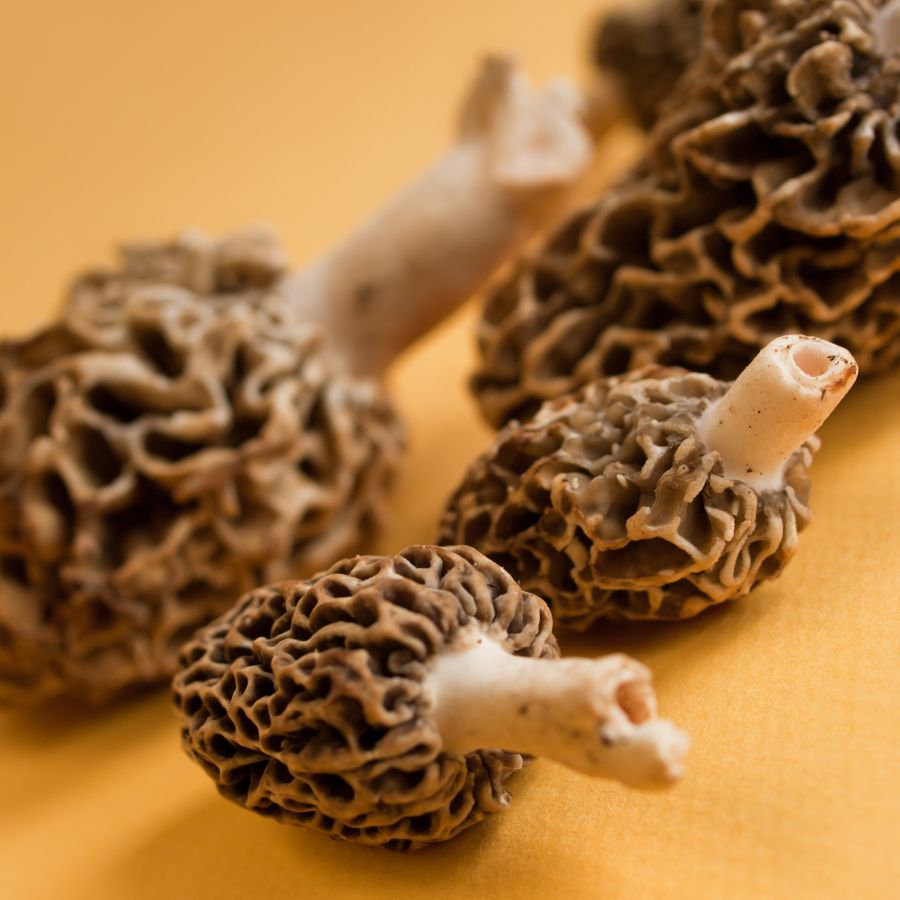
Some valuable forageables only show up for a short time each year, grow in hard-to-reach areas, or are very difficult to cultivate. That kind of rarity makes them harder to find and more expensive to buy.
Morels, truffles, and ramps are all good examples of this. They’re popular, but limited access and short growing seasons mean people are often willing to pay more.
A good seasonal foods guide can help you keep track of when high-value items appear.
If you want REAL results finding incredible rocks and minerals in Texas you need one of these 👇👇👇
Finding the coolest rocks in Texas isn’t luck, it's knowing what to look for. Thousands of your fellow rock hunters are already carrying Rock Chasing field guides. Maybe it's time you joined the community.
Lightweight, mud-proof, and packed with clear photos, it’s become the go-to tool for anyone interested discovering what’s hidden under our red dirt.
Join them, and make your next rockhounding trip actually pay off.
📘 Order the Texas Field Guide Now →
What makes it different:
🚙 Field-tested across Texas rivers, ranchlands, and roadcuts.
📘 Heavy duty laminated pages resist dust, sweat, and water.
🧠 Zero fluff — just clear visuals and straight-to-the-point info.
📍 Find hidden gems like Blue Topaz, Texas agate, and petrified wood fast.
⭐ Rated 4.8★ by real collectors who actually use it in the field.
High-End Dishes Boost the Value of Ingredients
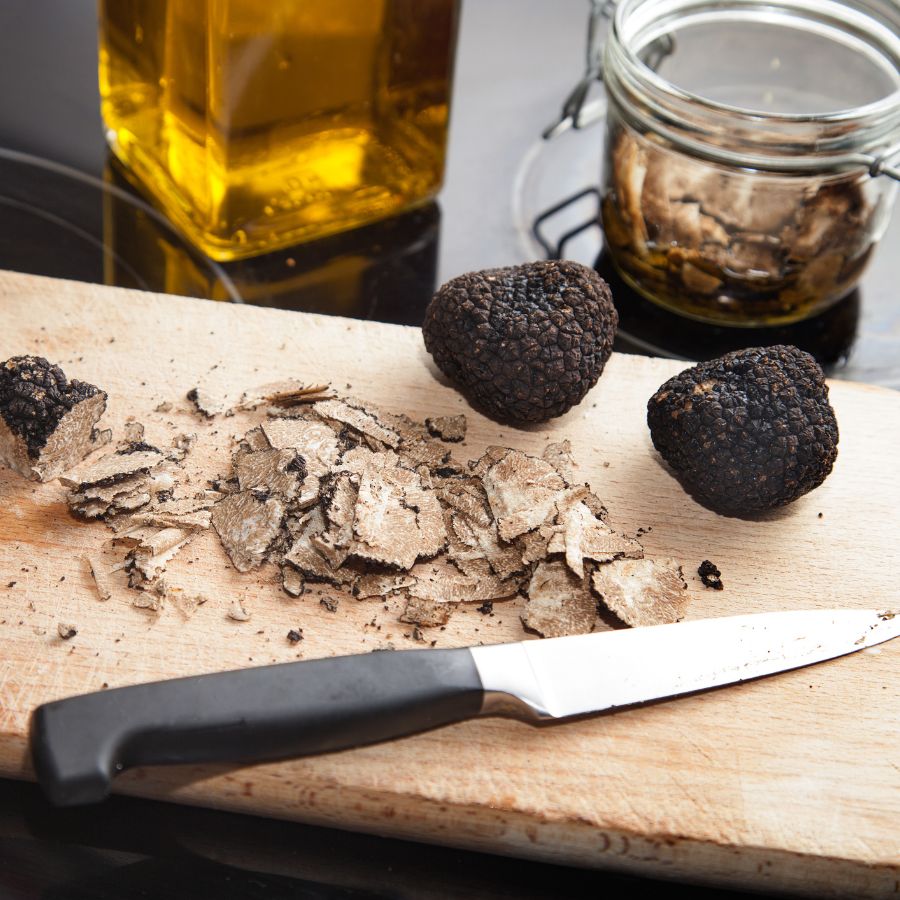
Wild ingredients that are hard to find in stores often catch the attention of chefs and home cooks. When something unique adds flavor or flair to a dish, it quickly becomes more valuable.
Truffles, wild leeks, and edible flowers are prized for how they taste and look on a plate. As more people try to include them in special meals, the demand—and the price—tends to rise.
You’ll find many of these among easy-to-identify wild mushrooms or herbs featured in fine dining.
Medicinal and Practical Uses Drive Forageable Prices Up
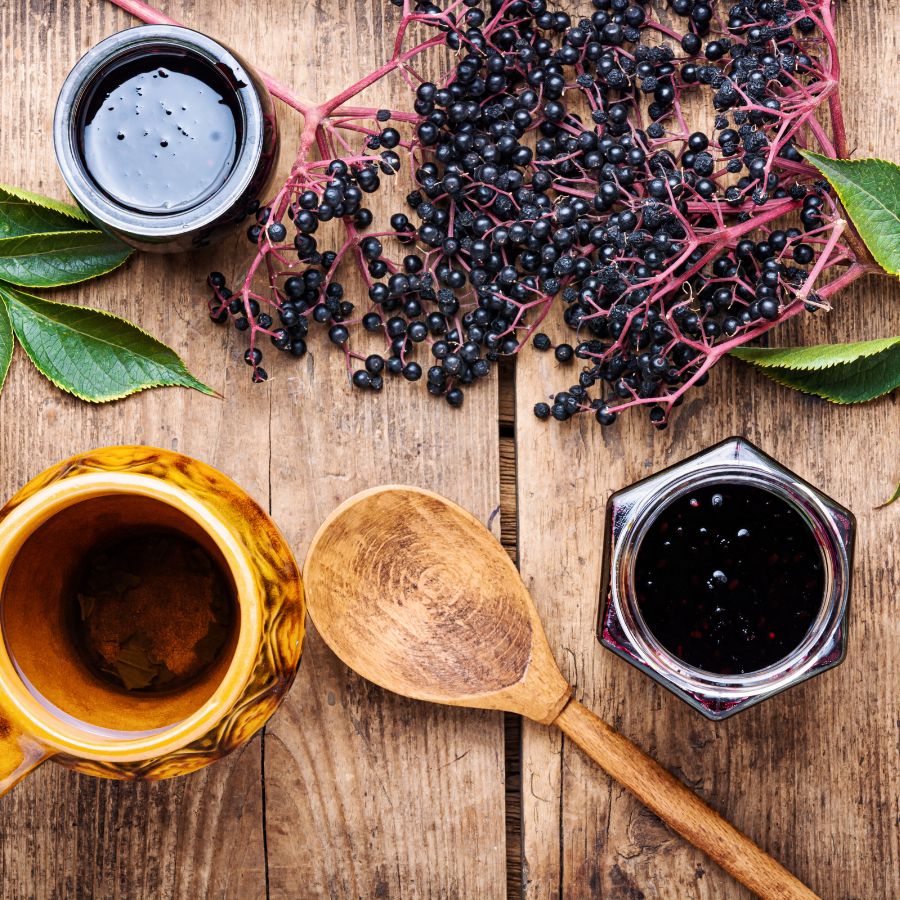
Plants like ginseng, goldenseal, and elderberries are often used in teas, tinctures, and home remedies. Their value comes from how they support wellness and are used repeatedly over time.
These plants are not just ingredients for cooking. Because people turn to them for ongoing use, the demand stays steady and the price stays high.
The More Work It Takes to Harvest, the More It’s Worth
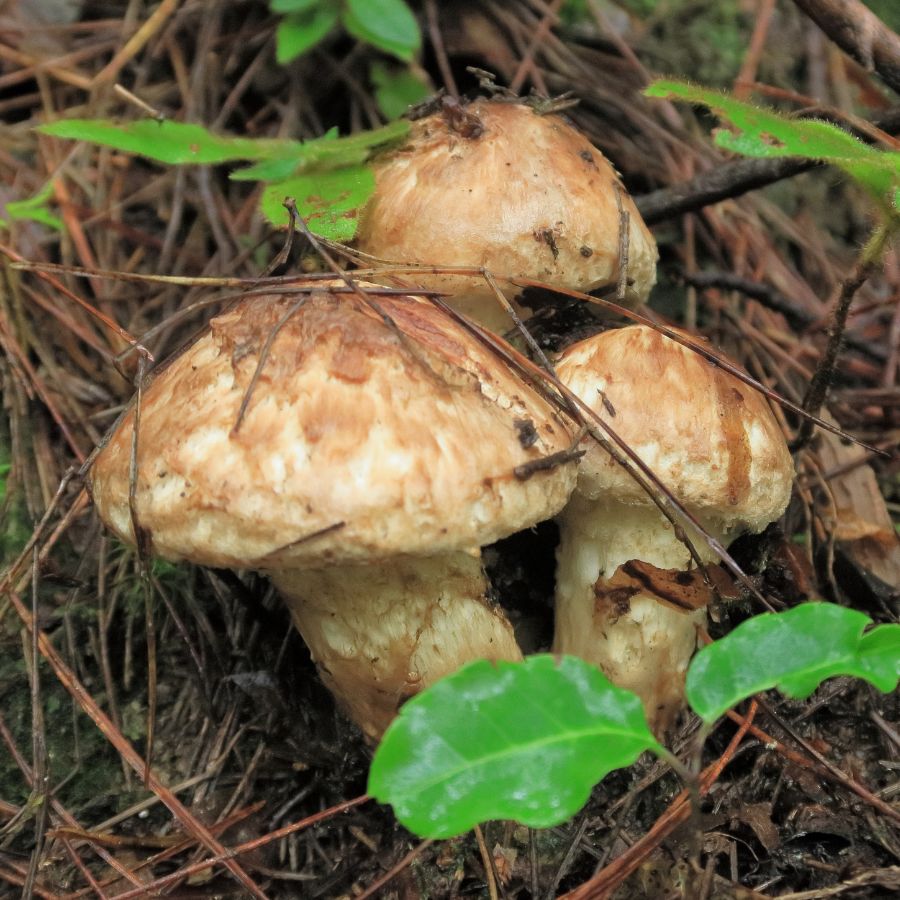
Forageables that are hard to reach or tricky to harvest often end up being more valuable. Some grow in dense forests, need careful digging, or have to be cleaned and prepared before use.
Matsutake mushrooms are a good example, because they grow in specific forest conditions and are hard to spot under layers of leaf litter. Wild ginger and black walnuts, meanwhile, both require extra steps for cleaning and preparation before they can be used or sold.
All of that takes time, effort, and experience. When something takes real work to gather safely, buyers are usually willing to pay more for it.
Foods That Keep Well Are More Valuable to Buyers
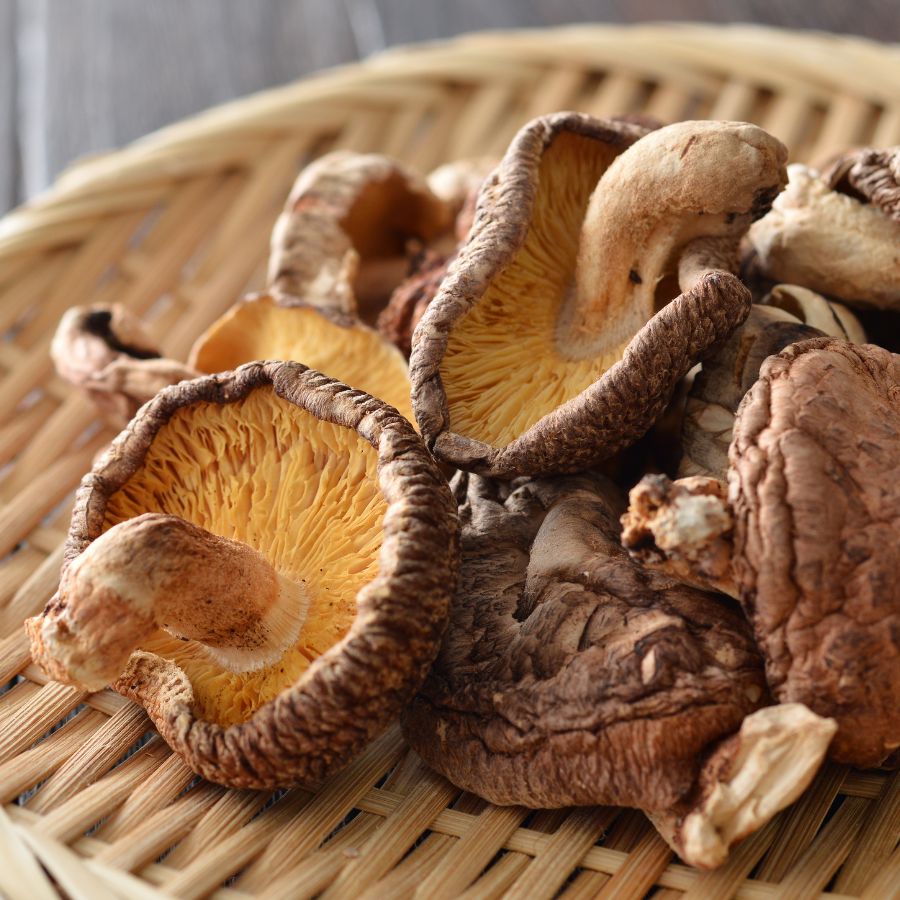
Some forageables, like dried morels or elderberries, can be stored for months without losing their value. These longer-lasting items are easier to sell and often bring in more money over time.
Others, like wild greens or edible flowers, have a short shelf life and need to be used quickly. Many easy-to-identify wild greens and herbs are best when fresh, but can be dried or preserved to extend their usefulness.
Foraging Mistakes That Cost You Big Bucks
When you’re foraging for high-value plants, mushrooms, or other wild ingredients, every decision matters. Whether you’re selling at a farmers market or stocking your own pantry, simple mistakes can make your harvest less valuable or even completely worthless.
Harvesting at the Wrong Time
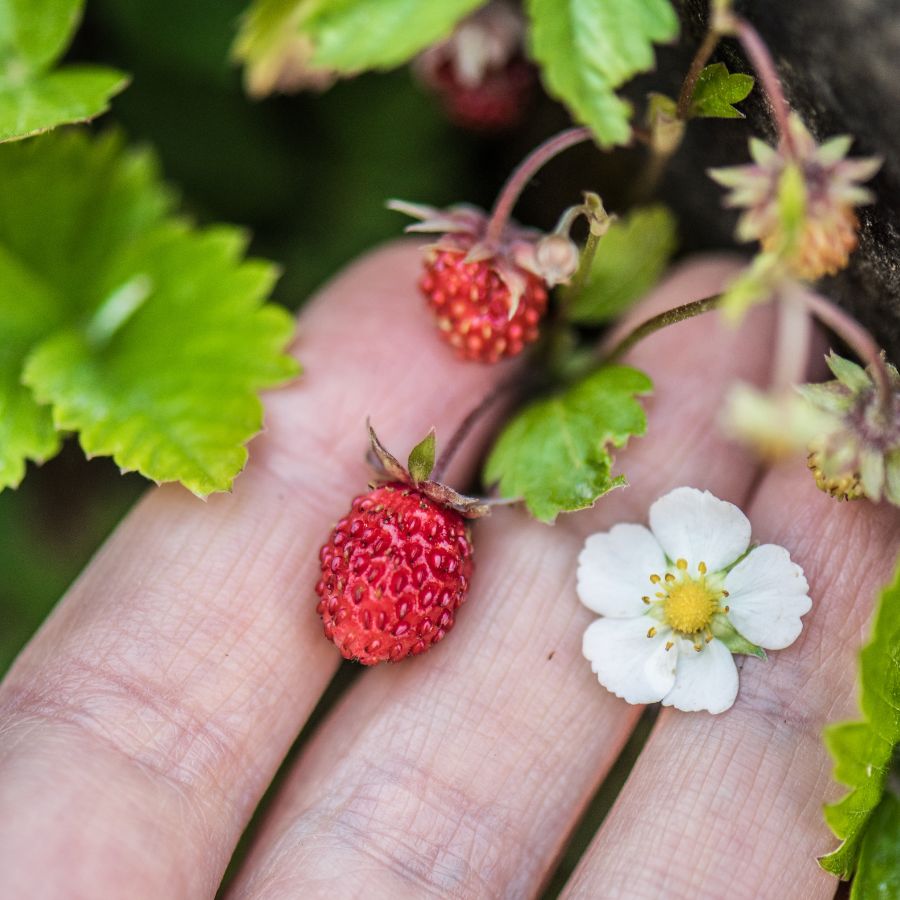
Harvesting at the wrong time can turn a valuable find into something no one wants. Plants and mushrooms have a short window when they’re at their best, and missing it means losing quality.
Morels, for example, shrink and dry out quickly once they mature, which lowers their weight and price. Overripe berries bruise in the basket and spoil fast, making them hard to store or sell.
Improper Handling After Harvest
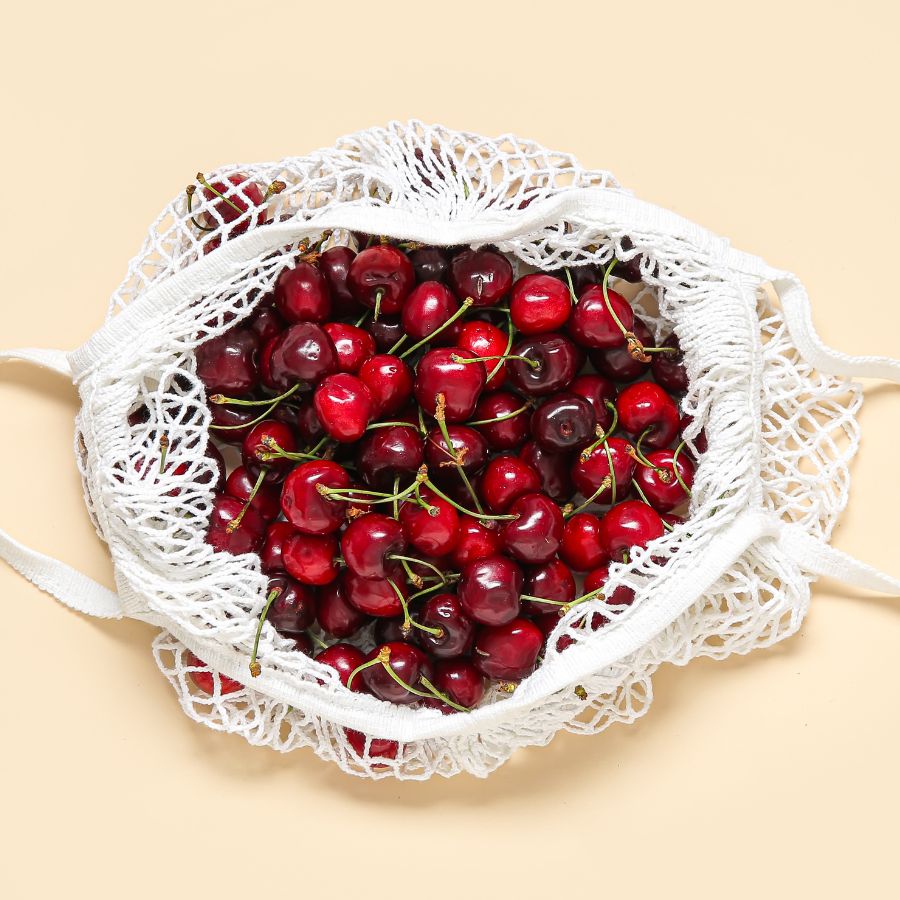
Rough handling can ruin even the most valuable forageables. Crushed mushrooms, wilted greens, and dirty roots lose both their appeal and their price.
Use baskets or mesh bags to keep things from getting smashed and let air circulate. Keeping everything cool and clean helps your harvest stay fresh and look better for longer.
This is especially important for delicate items like wild roots and tubers that need to stay clean and intact.
Skipping Processing Steps
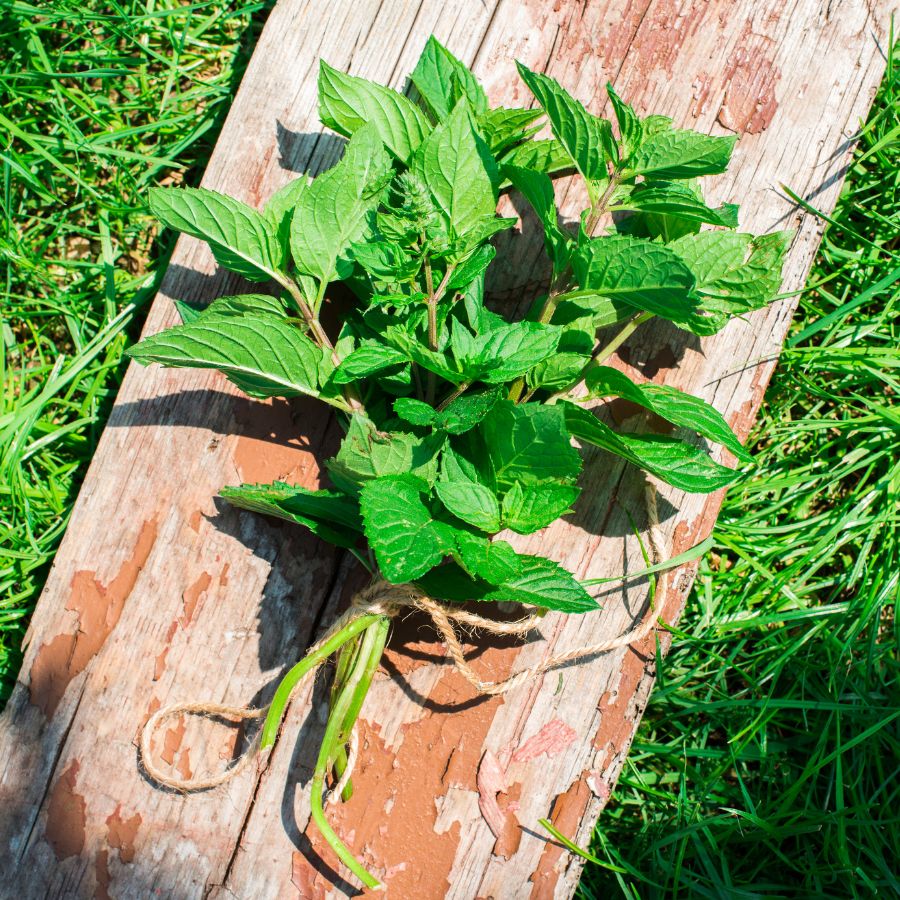
Skipping basic processing steps can cost you money. A raw harvest may look messy, spoil faster, or be harder to use.
For example, chaga is much more valuable when dried and cut properly. Herbs like wild mint or nettle often sell better when bundled neatly or partially dried. If you skip these steps, you may end up with something that looks unappealing or spoils quickly.
Collecting from the Wrong Area
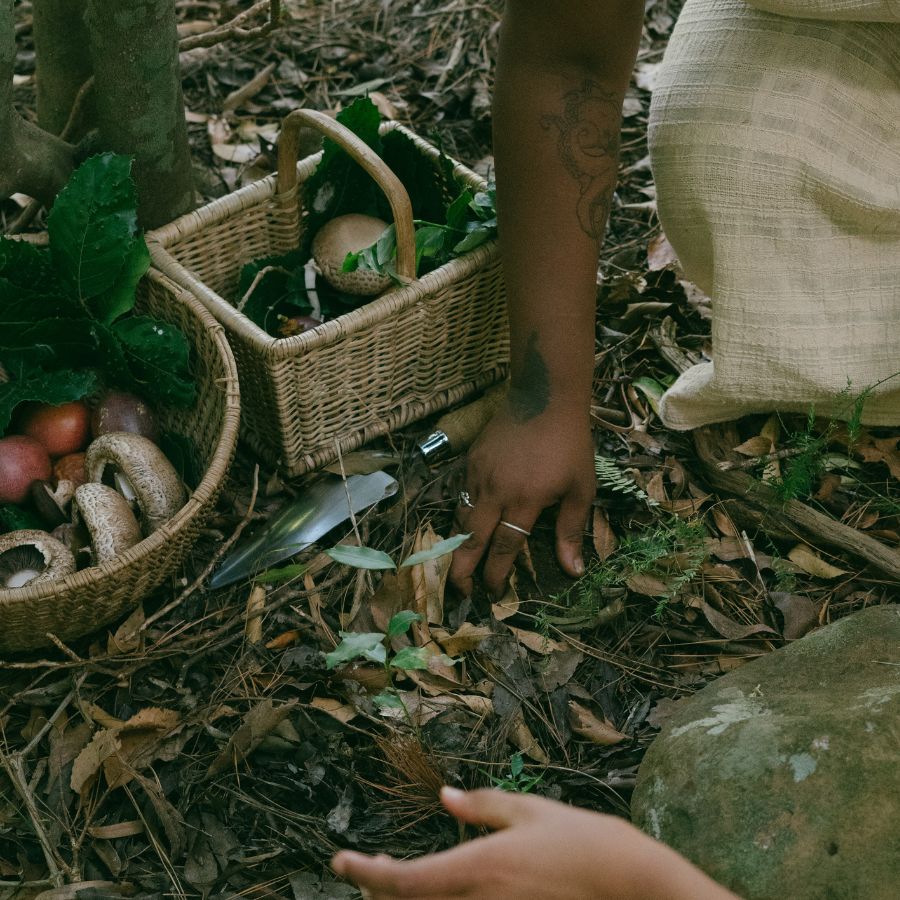
Harvesting in the wrong place can ruin a good find. Plants and mushrooms pulled from roadsides or polluted ground may be unsafe, no matter how fresh they look.
Buyers want to know their food comes from clean, responsible sources. If a spot is known for overharvesting or damage, it can make the whole batch less appealing.
These suburbia foraging tips can help you find overlooked spots that are surprisingly safe and productive.
Not Knowing the Market
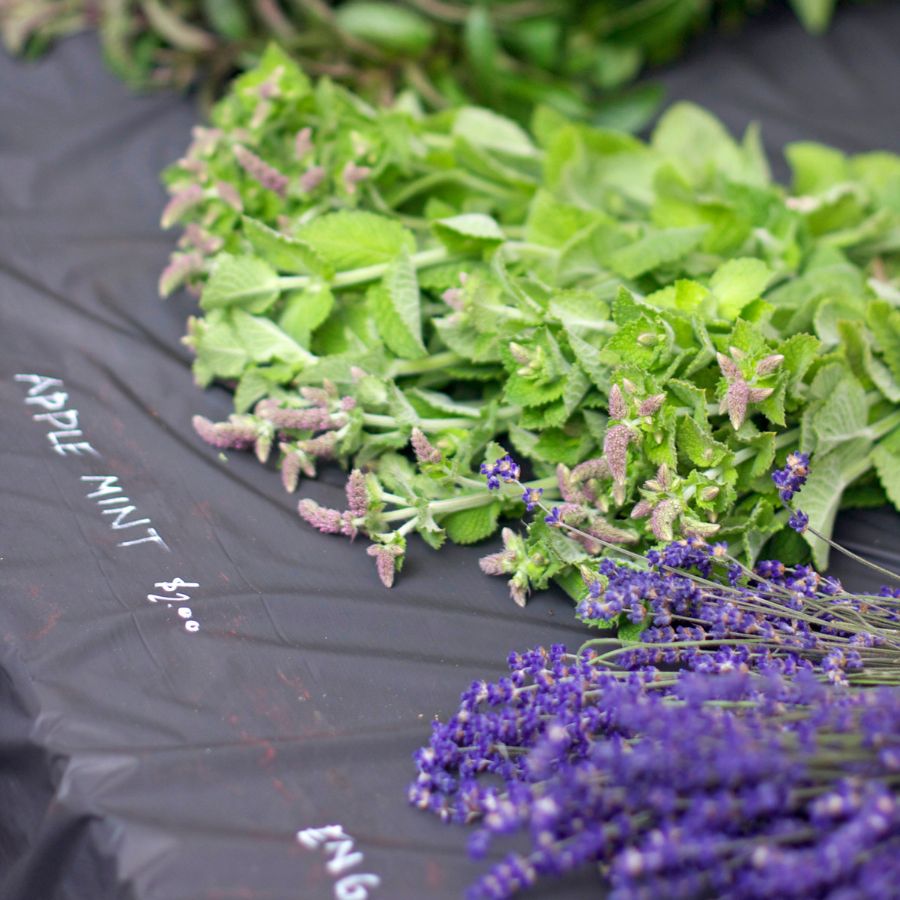
A rare plant isn’t valuable if nobody wants to buy it. If you gather in-demand species like wild ramps or black trumpets, you’re more likely to make a profit. Pay attention to what chefs, herbalists, or vendors are actually looking for.
Foraging with no plan leads to wasted effort and unsold stock. Keeping up with demand helps you bring home a profit instead of a pile of leftovers.
You can also brush up on foraging for survival strategies to identify the most versatile and useful wild foods.
Before you head out
Before embarking on any foraging activities, it is essential to understand and follow local laws and guidelines. Always confirm that you have permission to access any land and obtain permission from landowners if you are foraging on private property. Trespassing or foraging without permission is illegal and disrespectful.
For public lands, familiarize yourself with the foraging regulations, as some areas may restrict or prohibit the collection of mushrooms or other wild foods. These regulations and laws are frequently changing so always verify them before heading out to hunt. What we have listed below may be out of date and inaccurate as a result.
The Most Valuable Forageables in the State
Some of the most sought-after wild plants and fungi here can be surprisingly valuable. Whether you’re foraging for profit or personal use, these are the ones worth paying attention to:
Morel Mushroom (Morchella spp.)
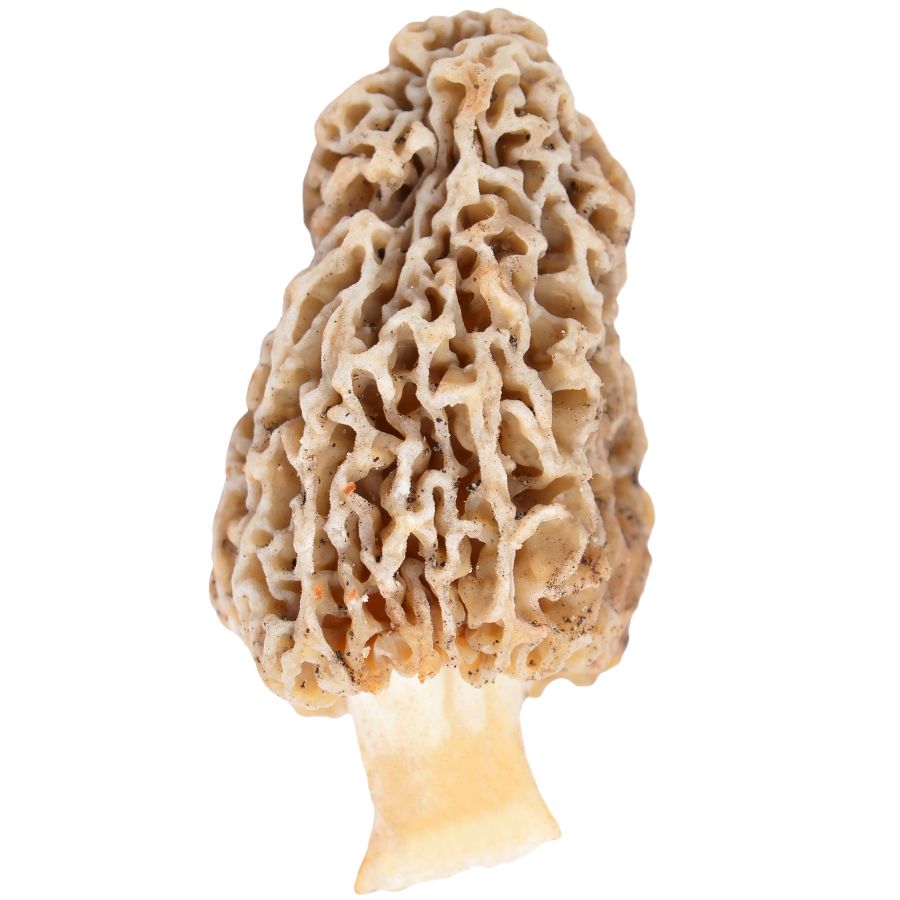
Morel mushrooms have a honeycomb-like surface with deep pits and ridges. The cap is fully attached to the stem, which helps set them apart from dangerous lookalikes like false morels that often have wrinkled, lobed caps and loose or cottony interiors.
The rich, nutty flavor and slightly chewy texture make morels a favorite in high-end kitchens. Many people sauté them in butter, stuff them, or dry them for later use because they hold their flavor extremely well.
Always cook morels thoroughly because raw ones can cause stomach upset, even when they look perfectly normal.
Morels are highly prized by chefs and home cooks, sometimes selling for over $50 per pound fresh and even more when dried.
Part of what makes morels so valuable is how hard they are to cultivate and find. They often grow in specific, unpredictable places, and their short harvesting window drives up both the demand and the price.
Chiltepin Pepper (Capsicum annuum var. glabriusculum)
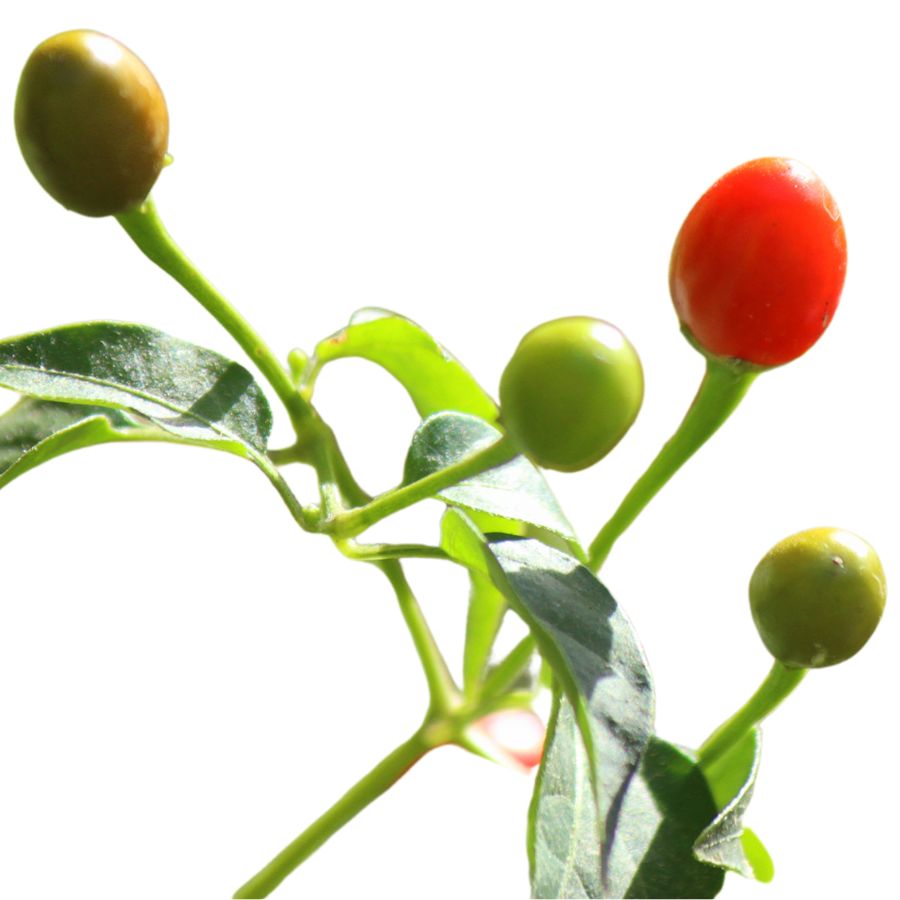
Chiltepin pepper, also referred to as bird pepper or chile tepin, grows on shrubby plants with small, round fruits that turn red when ripe. The peppers are about the size of a currant and grow pointing upward rather than hanging down.
They’re most often used crushed or dried, but they can also be blended into sauces for a bold, clean heat. The flavor is bright and intense, usually hitting hard and fading fast.
Harvesting can be tricky since the plants often grow in thorny brush and the fruits are tiny, making wild-sourced chiltepins more expensive than most cultivated peppers. A high-quality batch of dried chiltepin peppers can sell for $40 to $60 per pound.
Some people mistake them for decorative garden peppers, but those lack the distinct spicy aroma and often have a different shape or fruiting pattern. Only the red fruits are used—leaves and stems should be avoided.
Elderberry (Sambucus nigra subsp. canadensis)
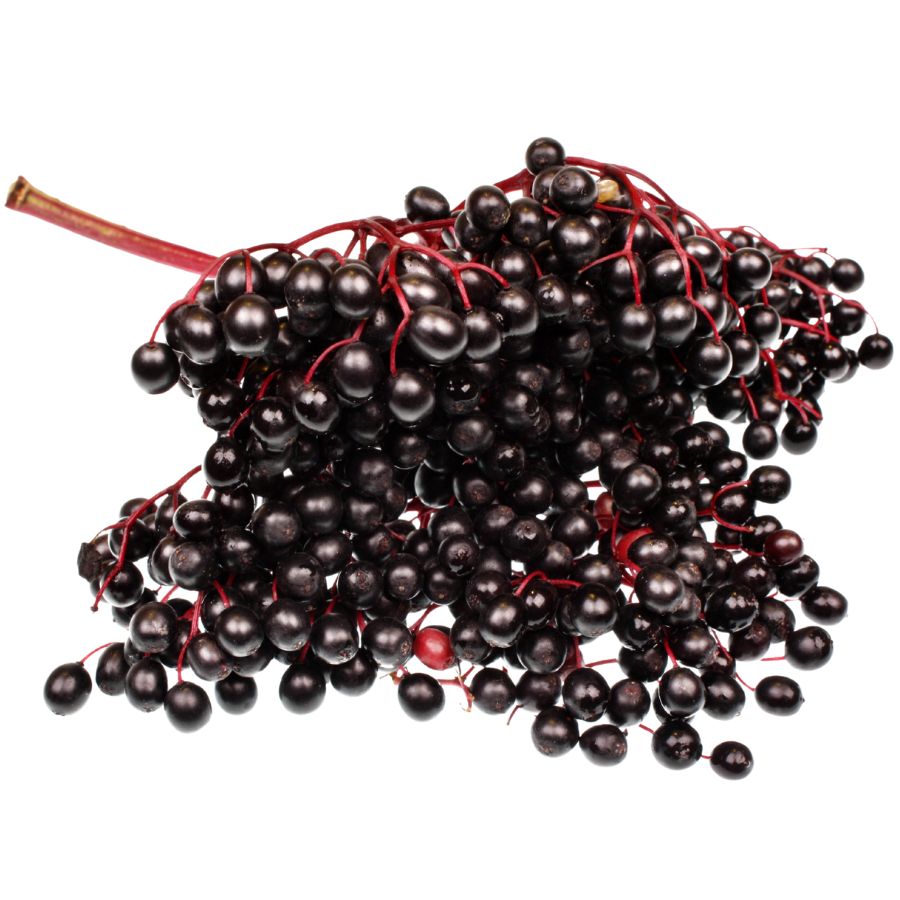
For centuries, elderberries has been gathered not just for food, but for making home remedies prized across the Southwest. Also called Mexican elder and tapiro, elderberry grows as a sprawling bush or small tree with clusters of tiny white flowers that turn into dusty blue-black berries.
There are toxic lookalikes you need to watch for, especially red elderberry, which has round clusters of bright red fruit. Elderberries grow in flatter, broader clusters and have a softer, more powdery appearance when ripe.
The berries have a deep, earthy flavor with a tart edge, and are usually cooked into jams, syrups, and baked goods to bring out their richness.
Make sure to avoid eating the raw berries, seeds, bark, or leaves because they can cause nausea unless they are properly cooked.
This plant stays valuable because the berries are used heavily in teas, tinctures, and syrups that people rely on for wellness, driving steady demand. Elderberries can also be dried and stored for months, making it even more profitable compared to foods that spoil quickly.
Black Walnut (Juglans nigra)
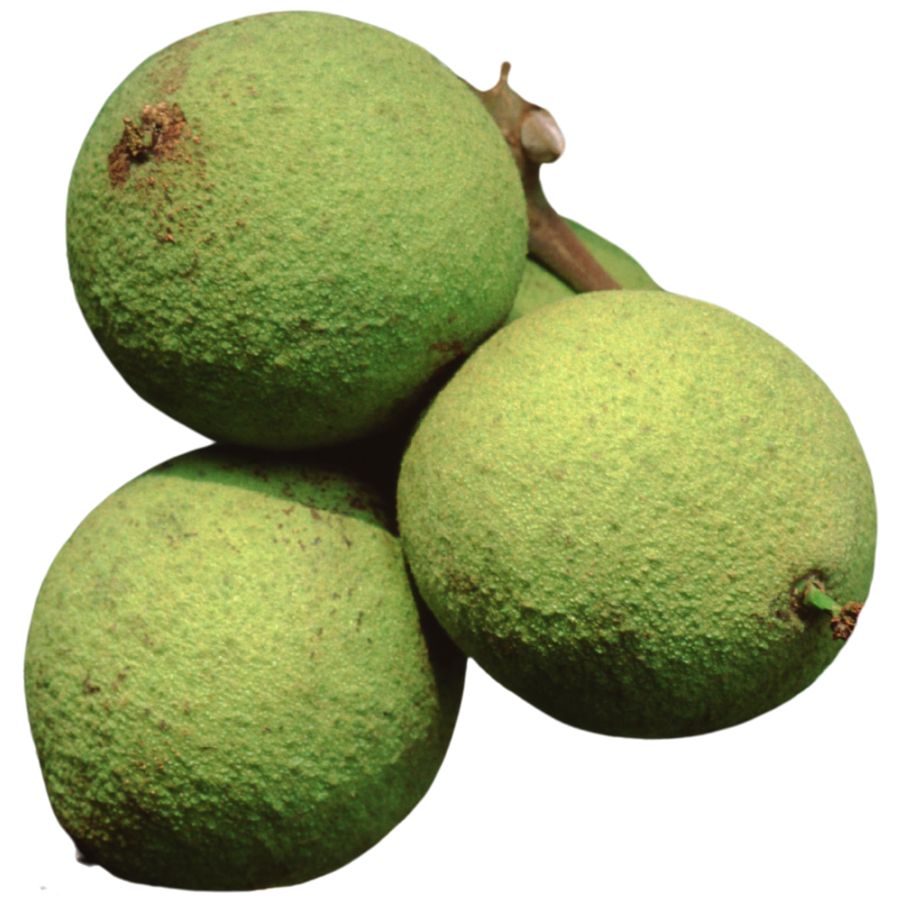
Black walnut grows a nut that’s prized for its strong, musky flavor and crunchy texture. The inner shell is extremely hard and often needs to be cracked with a vise or hammer to reach the oily, wrinkled seed inside.
Its nuts are most often roasted, chopped into desserts, or used in meat rubs and dressings. They’re also one of the few foraged tree nuts that can be stored long-term with very little processing.
The outer green husks leave a dark stain when bruised or broken open, and the nut itself is hidden inside a thick shell. While the fruit of the tree may resemble buckeye at first glance, black walnut leaves have a different shape and pattern, and buckeye seeds are toxic.
Prices stay high because harvesting takes time and experience, and the trees don’t lend themselves easily to large-scale production. Foragers and specialty food makers often pay a premium for wild black walnuts with intense flavor.
Pecan (Carya illinoinensis)
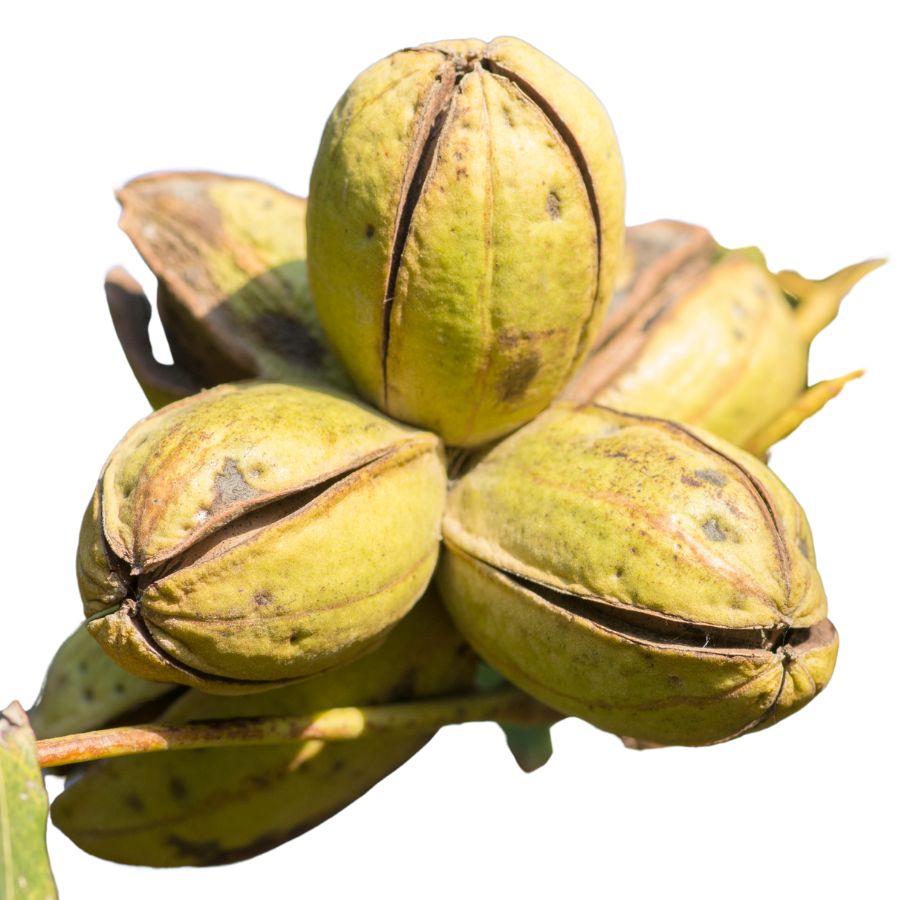
The pecan nut has a mild, buttery taste that works well in sweet and savory dishes. It’s commonly eaten raw, roasted, or used in desserts like pies, cookies, and candy.
You can spot pecan trees by their tall height, grooved bark, and compound leaves, but the key is to compare the nuts to lookalikes like black walnuts. Unlike black walnuts, pecans have smoother shells and a less earthy flavor.
People value pecans both for their flavor and the fact that they store well when dried and sealed. In commercial markets, shelled pecans regularly go for $8 to $12 per pound depending on grade and size.
The nut is the only part you should be eating, as the rest of the tree is not considered edible. Make sure you crack open the shell cleanly to avoid bits of husk sticking to the meat.
Wild Plum (Prunus mexicana)
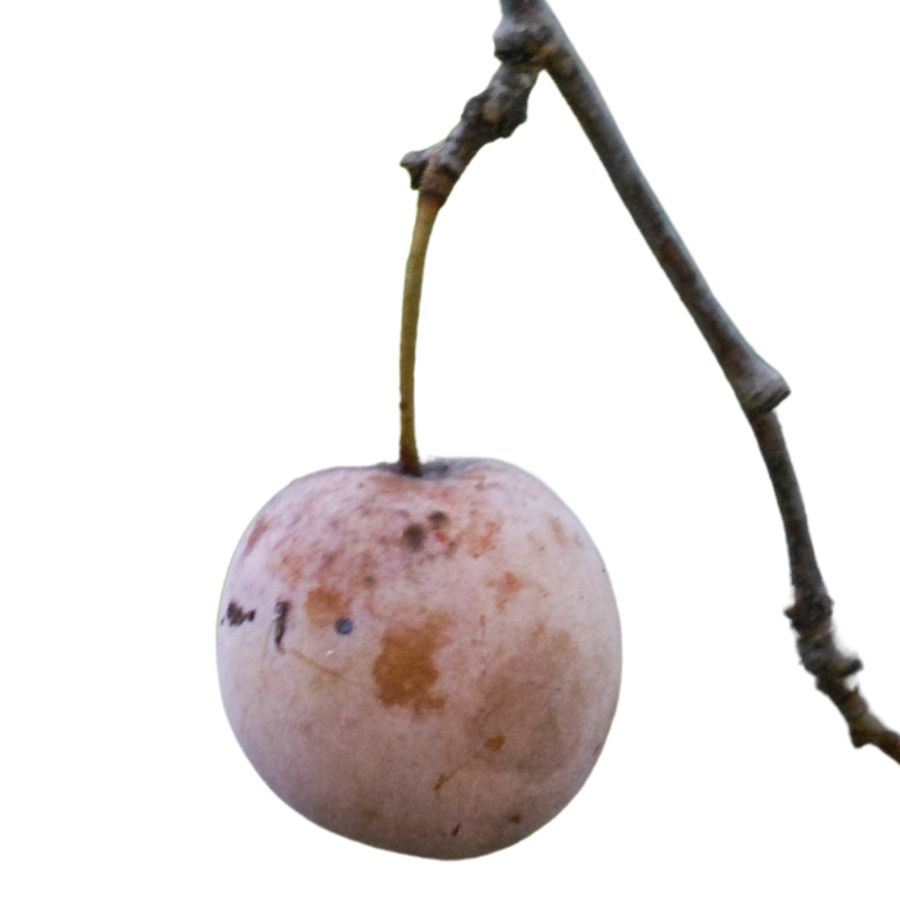
The fruit of the wild plum is small, round, and deep reddish-purple when ripe, and it grows on short, thorny trees with rough bark and long oval leaves. You can spot wild plum by its sharp-tipped twigs and slightly sour fruit, which sets it apart from similar trees like black cherry that have bitter, inedible pits.
People often use wild plum for making jelly, syrup, and fruit leather because its tart flesh holds up well during cooking. The flavor has a tangy sweetness, and the skin is slightly bitter, so it’s often peeled or cooked down.
Only the ripe fruit is eaten, while the seeds and leaves should be avoided due to natural toxins that can cause stomach upset. If you’re harvesting them, it’s best to separate the flesh from the pit before drying or preserving.
Wild plum isn’t just useful for preserves—it’s also valuable to small-scale sellers at farmers markets where fresh or jarred versions can sell for premium prices. The fruit stores well in the freezer or as jam, which makes it a practical crop with good profit potential.
Maypop (Passiflora incarnata)
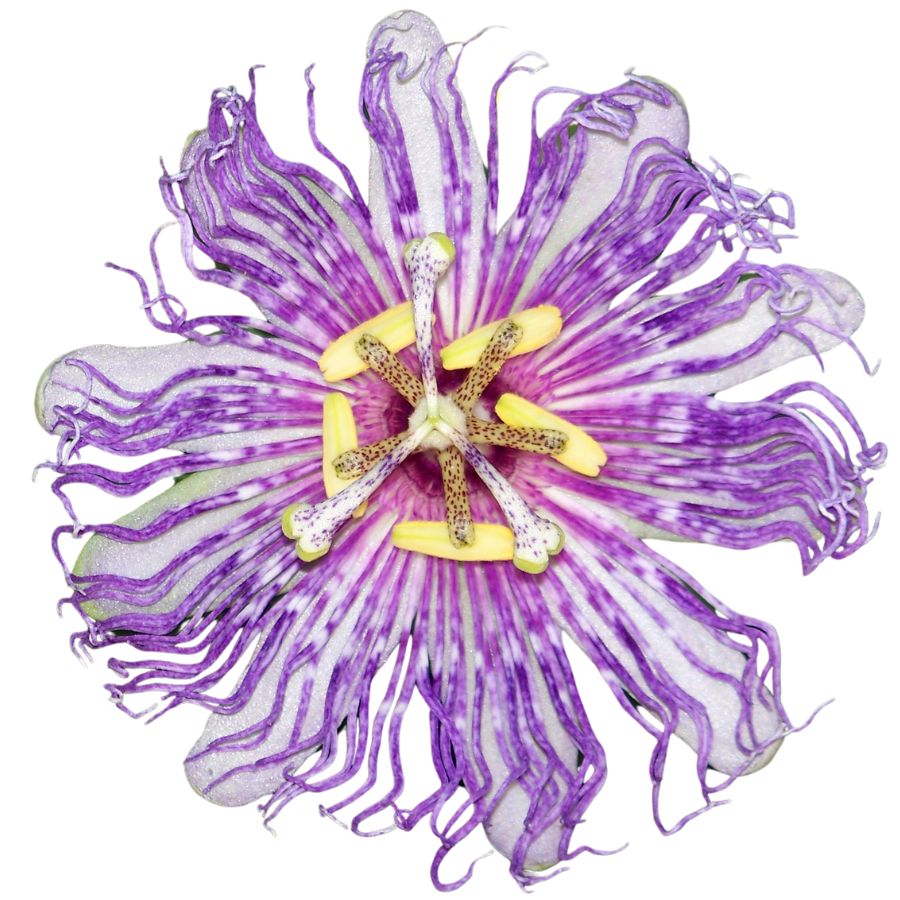
The maypop is a fast-growing vine with climbing tendrils, lobed leaves, and large purple-and-white flowers that turn into egg-shaped fruits. The fruit is the edible part, filled with a soft, pulpy interior that’s sweet, tart, and packed with crunchy black seeds.
People often eat the pulp raw or strain it into drinks, jellies, or syrups for its tropical flavor and smooth texture. It’s important not to eat the outer rind or the green, unripe fruit, which can cause digestive issues.
Maypop is sometimes mistaken for other passionflowers that don’t produce edible fruit, but the edible type has a round, wrinkly skin when ripe and a strong fruity scent. The leaves and roots aren’t used for food and shouldn’t be consumed.
Fresh maypops can sell for a few dollars each at specialty markets, especially in areas where they aren’t widely cultivated. Because the fruit doesn’t store well, its value comes from freshness and the effort it takes to collect it before it spoils.
You've probably walked past some incredible rocks and minerals. You need this guide 👇👇👇
We've all come across a cool rock that we could have sworn was rare or valuable but couldn't tell what it was.
If you're not 100% confident that you know every rock and mineral in Texas this guide is for you.
The Texas Rocks & Minerals Field Guide helps you ID what you find in seconds, from Hill Country agates to Llano granite, with crisp photos, simple charts, and zero fluff.
→ Grab your copy today and spot your next gem before anyone else does.
What this guide unlocks:
🧭 Confidence in the field — ID rocks fast and move on to the next find
🎒 Lightweight and waterproof — built for trails, not coffee tables
🌅 Weekend adventures — find treasures on rivers, ranches, and roadsides
🤠 Texas pride — explore the real geological beauty of your state
🔥 Motivation — every trip outside feels like a hunt for hidden gems
Wild Onion (Allium drummondii)
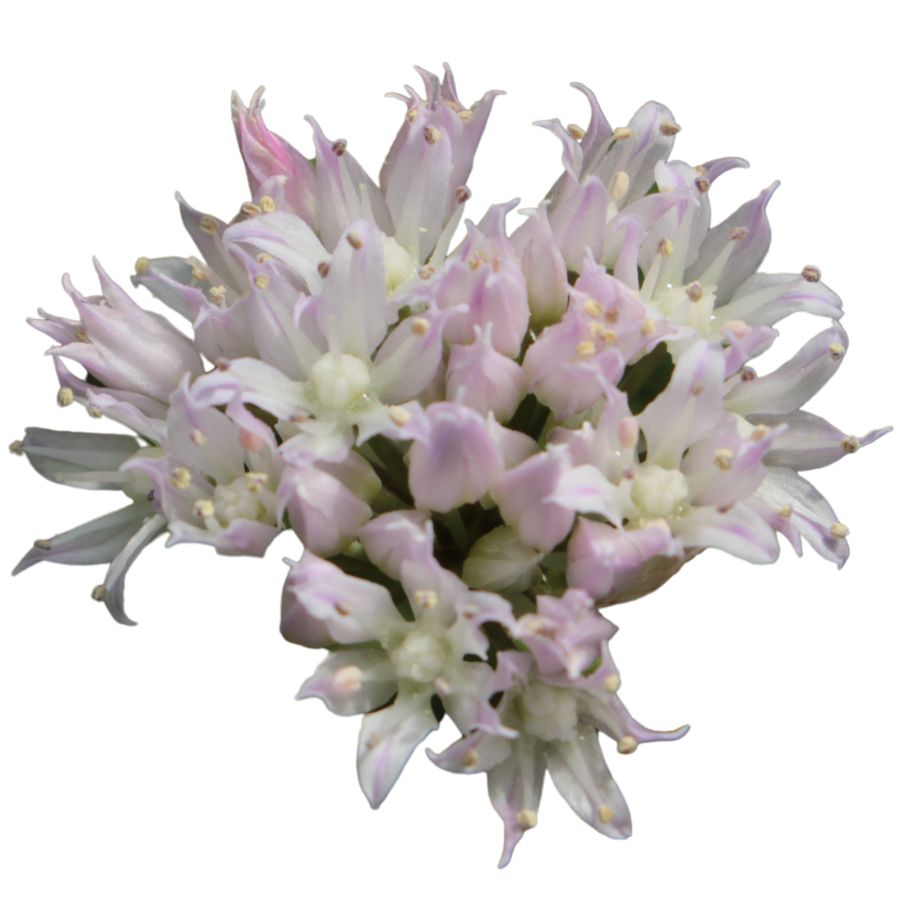
Wild onion, often called prairie onion or meadow garlic, grows from small white bulbs and produces star-shaped flowers on leafless stalks. The long, grasslike leaves help distinguish it from similar-looking plants like crow poison, which doesn’t smell like onion and is toxic.
Both the leaves and bulbs have a punchy, garlicky-onion flavor that intensifies when cooked. People often use it as a seasoning, stir it into eggs, or mix it into savory pies.
Its use goes back centuries, and it’s still gathered in some regions for its bold flavor and flexibility in cooking. While it doesn’t bring in big profits, chefs and home cooks pay a premium for fresh, wild-harvested bunches.
The plant grows low to the ground and can be overlooked unless you’re familiar with its aroma and shape. Always make sure you’re harvesting the right plant, because several toxic species grow in similar environments.
Jerusalem Artichoke (Helianthus tuberosus)
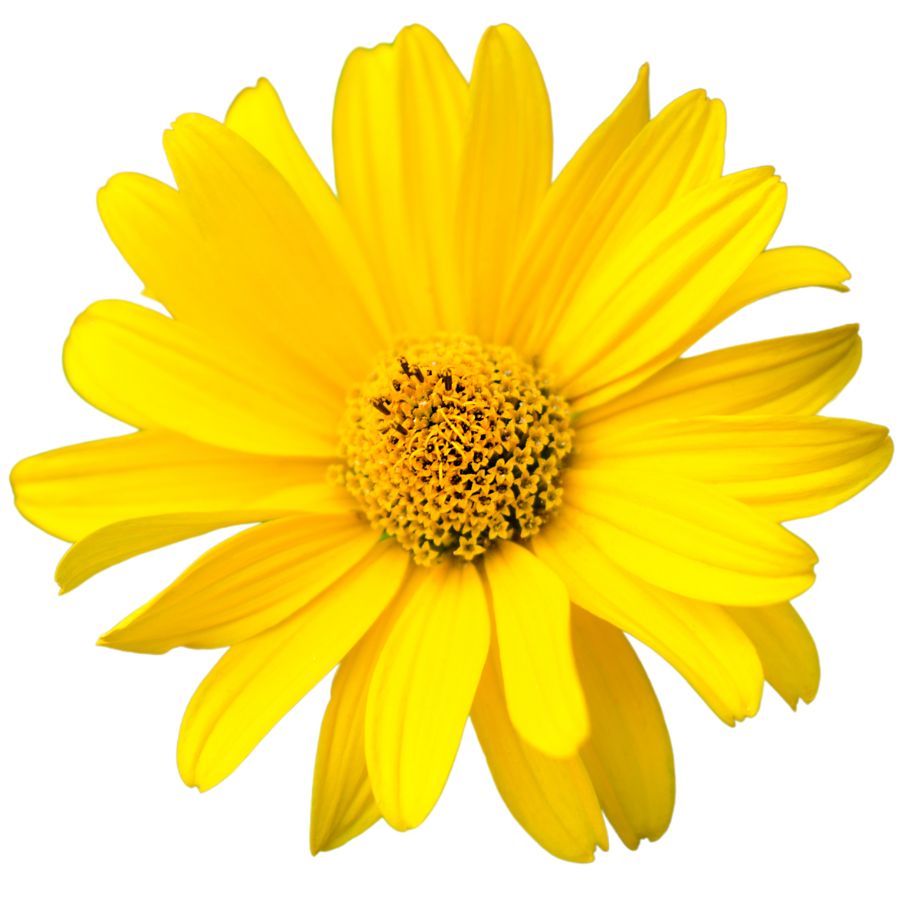
The Jerusalem artichoke is a sunflower relative that grows tall with bright yellow blooms and knobby, potato-like tubers underground. Its underground part is what you eat, while the stems, leaves, and flowers are best left alone.
What makes the tubers interesting is their crisp texture when raw and a nutty, slightly sweet flavor when cooked. They’re often roasted, pureed into soups, or sliced thin for chips.
Some wild sunflowers can look similar, but they don’t form the same type of tubers. If you’re not digging up a bumpy, tan root shaped like ginger, you’re not looking at the right plant.
People value Jerusalem artichokes for their culinary versatility and as a low-starch alternative to potatoes. They sell for a decent price at specialty grocers and farmers markets, especially when freshly dug.
Desert Prickly Pear (Opuntia engelmannii)
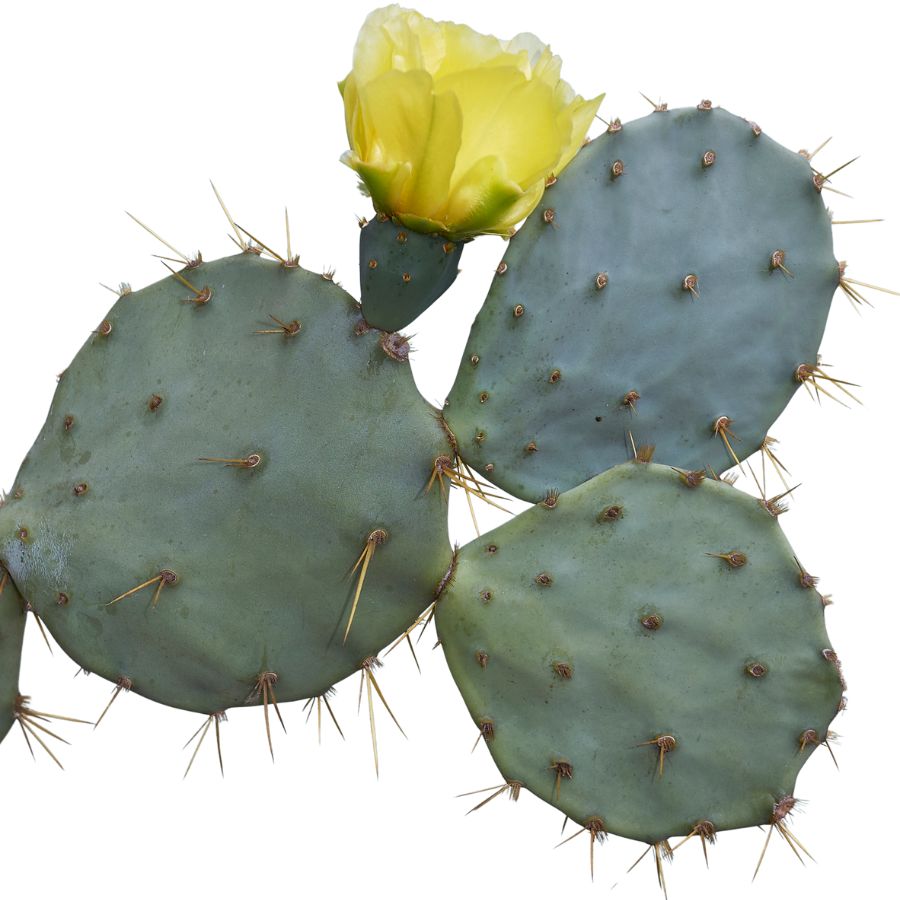
The desert prickly pear, also called Engelmann’s prickly pear or Texas prickly pear, grows low and wide with thick paddle-like pads covered in spines and tiny glochids. Those glochids can lodge in your skin and cause irritation, so always clean them off before handling the pads or fruit.
The young pads are eaten as nopales and have a mild, green flavor with a texture like okra or green beans. They’re usually grilled, sautéed, or boiled, and often added to tacos, eggs, or stews.
Its purple-red fruit, called tunas, has a sweet, melon-like flavor and is often made into syrup, jelly, or juice. Just be sure to scrape off the tiny hair-like spines before biting in.
People sell both the pads and fruit at farmers markets and roadside stands, and the tunas in particular can fetch high prices when processed. What makes desert prickly pear valuable is how versatile it is, and how well it stores when turned into products like candy, juice, or preserves.
Dewberry (Rubus trivialis)
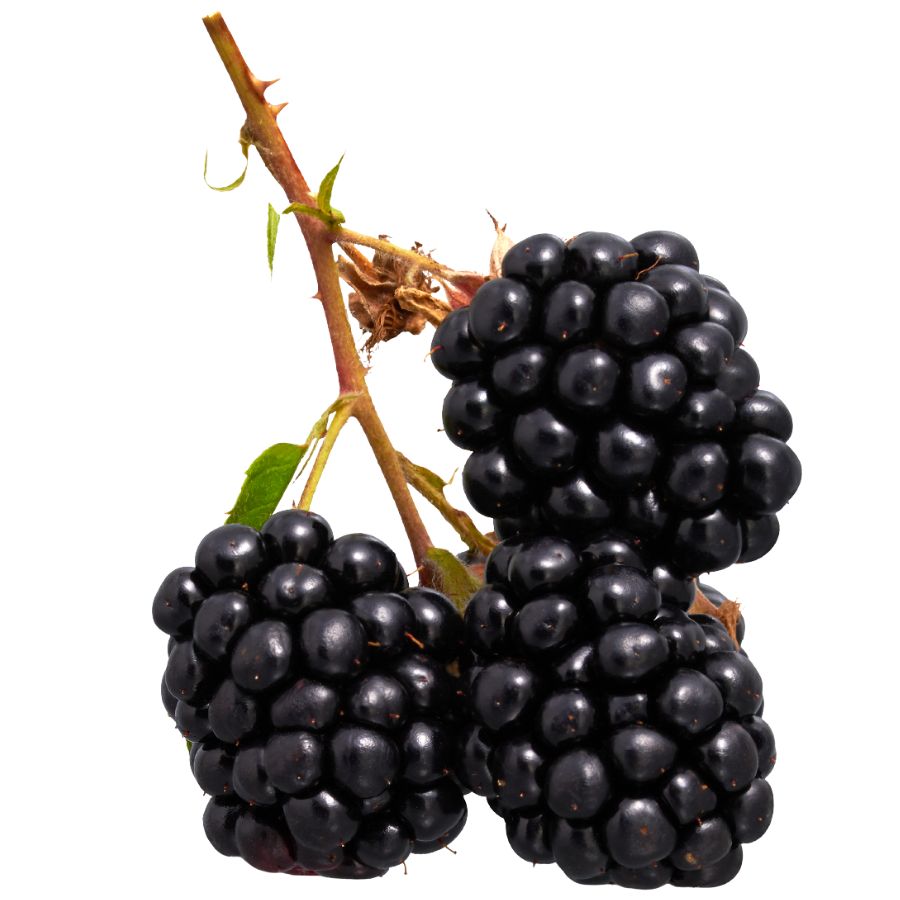
Dewberry fruit grows on low, sprawling vines that creep along the ground, with hooked thorns and three-lobed leaves. It’s often confused with blackberry, but dewberry grows more horizontally and tends to fruit earlier in the year.
The berries turn deep purple or black when ripe and have a rich, wine-like flavor with a noticeable tang. They’re used in pies, jellies, and even homemade wines.
The most useful part is the ripe berry itself, which can be eaten straight or cooked. Its leaves and stems aren’t consumed and have little practical use beyond plant identification.
Lookalikes include young blackberry canes and other prickly vines, but dewberry has a finer stem texture and fruit that tends to ripen solo. The berries aren’t highly valuable by the pound, but their flavor makes them a popular target for foragers and backyard harvests.
Lamb’s Quarters (Chenopodium album)
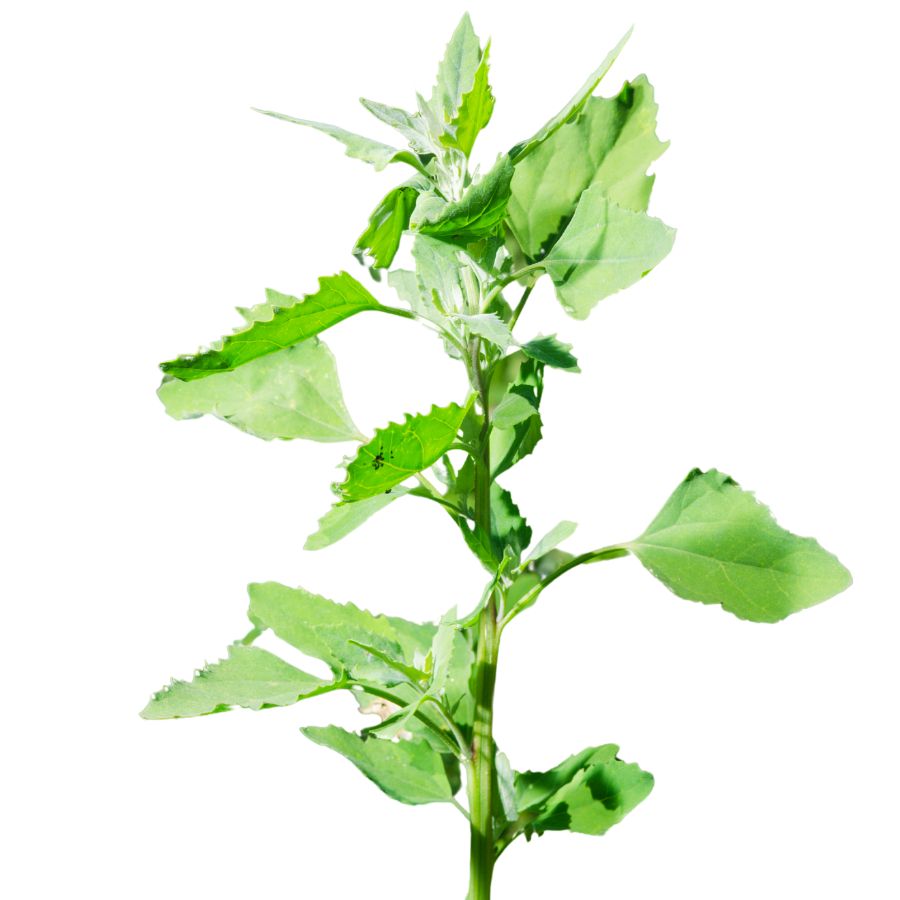
Lamb’s quarters, or wild spinach, is a common backyard plant with diamond-shaped leaves that often look like they’ve been dusted with flour. That powdery texture is one of the simplest ways to tell it apart from toxic plants that have smoother or glossier leaves.
The younger leaves have a mild taste and soft texture, making them popular in stir-fries and pestos. Most people harvest the leaves and tender tops, but the tiny seeds are also usable if properly prepared.
Some plants that resemble lamb’s quarters, like young pokeweed, are not safe to eat and have very different stem coloration. Lamb’s quarters typically has green to purplish stems and no berries.
Because of how nutritious and versatile it is, the plant has been gathered for centuries across many cultures. It’s not a high-ticket item, but it does show up in specialty food markets and foraged meal boxes.
Purslane (Portulaca oleracea)
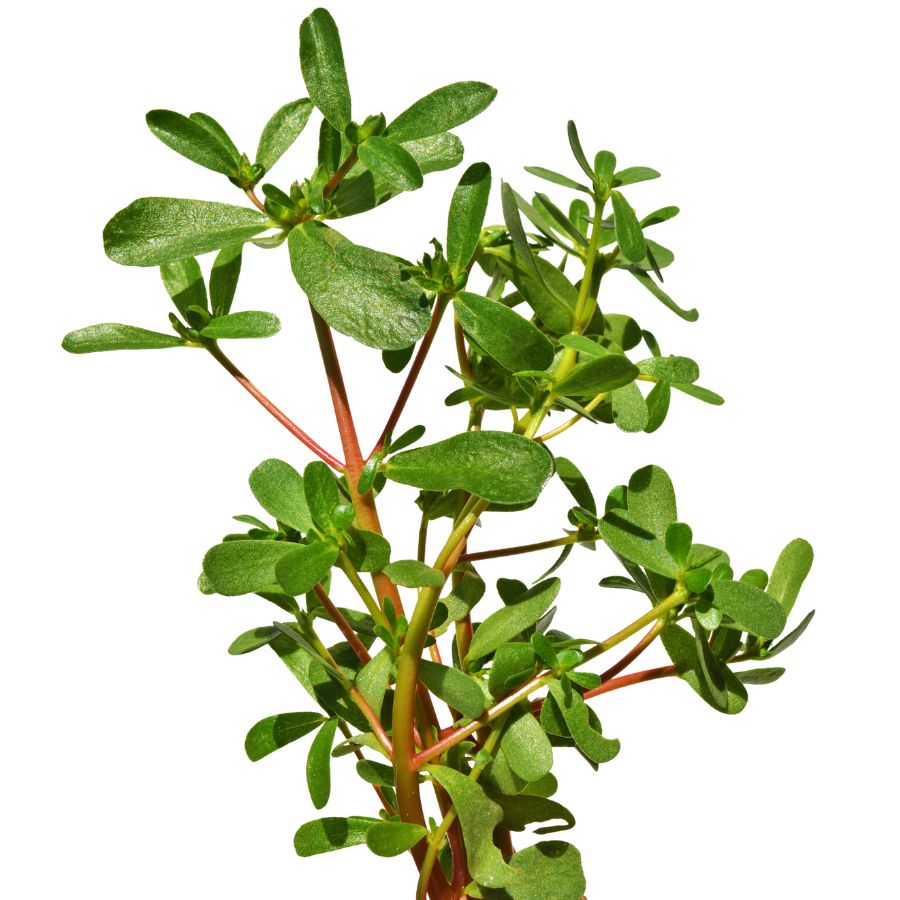
If you come across a plant with thick, juicy leaves and low red stems crawling across the soil, you’re probably looking at purslane. It’s often confused with spurge, which grows flatter and leaks a white sap when broken.
Purslane is crunchy and slightly sour, almost like a lemony cucumber, and goes well in stews, grain bowls, or raw preparations. The leaves and stems are used most often, though the flower buds are technically usable too.
There’s no need to peel or prep it much beyond washing, and it adds texture to anything from rice dishes to dips. It’s rich in nutrients, especially omega-3s, and has become popular in both high-end and home kitchens.
While it grows widely, fresh purslane can fetch a decent price at niche markets or gourmet grocers. For foragers, it’s one of those plants that offers both nutrition and a small bit of profit potential.
Chufa (Cyperus esculentus)
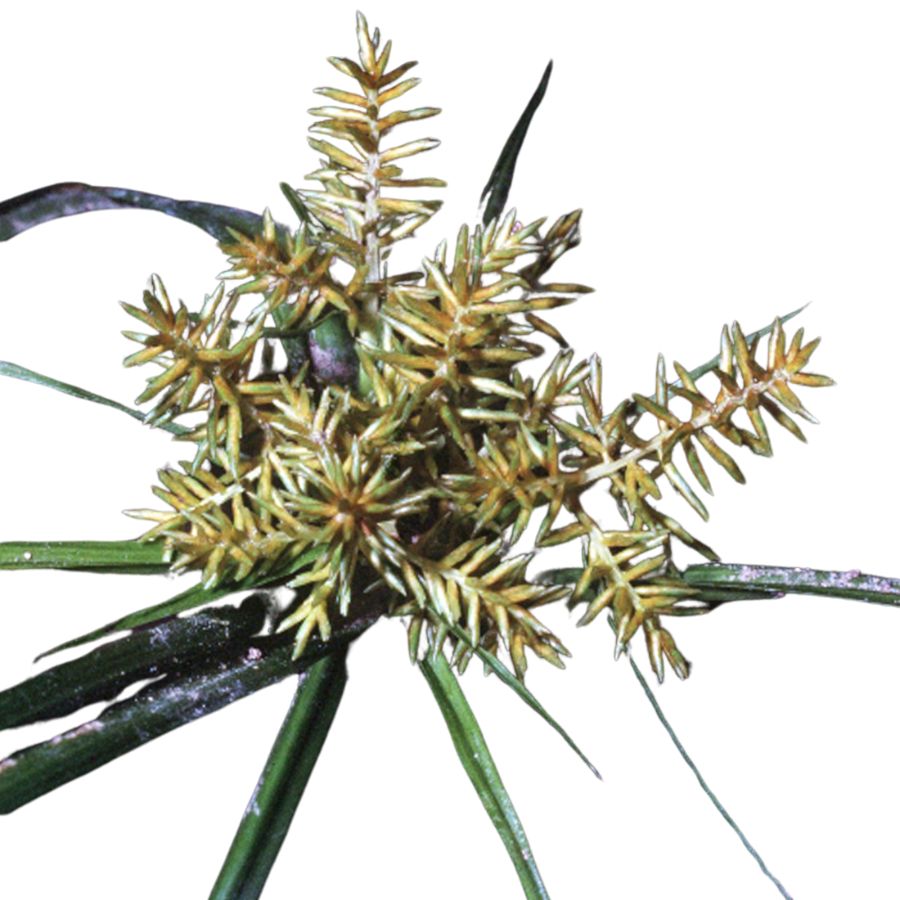
Chufa, also called tiger nut or nut grass, grows in clumps of slender green blades with a cluster of small, wrinkled tubers hidden in the soil. These tubers are the edible part of the plant, often dug up, rinsed, and eaten raw or dried for later use.
The flavor of chufa is slightly sweet with a nutty, coconut-like aftertaste, and the texture is chewy when raw or crunchy when roasted. Many people grind it into flour or soak it for drinks.
Chufa is sometimes confused with similar sedges, but true tiger nut tubers are more fibrous and flavorful than lookalikes like yellow nutsedge. Make sure you’re harvesting from a clean site, as the tubers can absorb contaminants from the soil.
What makes chufa valuable is its nutritional density and long shelf life when dried. While not particularly expensive, its flour can fetch a decent price in specialty food markets.
Watercress (Nasturtium officinale)
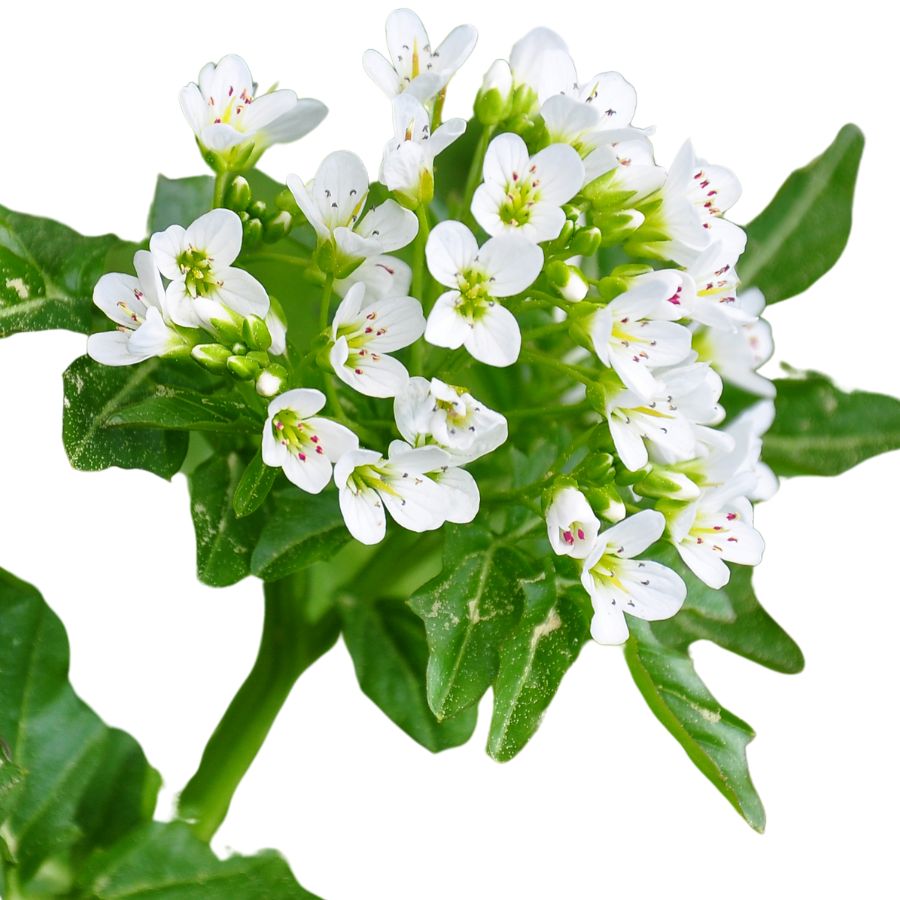
You’ll find watercress in slow-moving creeks and see it trailing along the water’s surface with clusters of tiny white blossoms. The leaves are edible and deliver a clean, peppery taste that works well fresh or tossed into stir-fries.
It’s important to watch out for lookalikes like fool’s watercress, which lacks the spicy bite and can be toxic. True watercress has a distinctive aroma and a watery, hollow stem that snaps easily.
People usually eat the leaves and stems, while the roots stay in the streambed. Watercress is packed with nutrients and adds a pleasant kick to meals without overpowering them.
Watercress is considered a premium leafy green and doesn’t keep long after harvesting, which drives up its market price. It’s not uncommon to see it featured in gourmet dishes or sold in farmers markets by the bunch.
Wild Mint (Mentha arvensis)

The flavor of wild mint is cool, clean, and slightly peppery, especially when the leaves are freshly crushed. Most people use the leaves, but the young stems are edible too when finely chopped.
Wild mint grows low to the ground and produces small, pale purple flowers along the stem. Its most common lookalike is American pennyroyal, which has a similar shape but a much harsher, almost medicinal smell and is toxic in large amounts.
You can dry the leaves for tea or candy them for baking projects, but they’re also good tossed into salads straight from the field. The texture is soft, almost velvety, with a satisfying chew when fresh.
It doesn’t sell for much in bulk, but its value lies in how much use you can get from a small batch. If you’re preserving herbs for your own pantry, it’s one of the best native mints to have on hand.
Wild Bergamot (Monarda fistulosa)
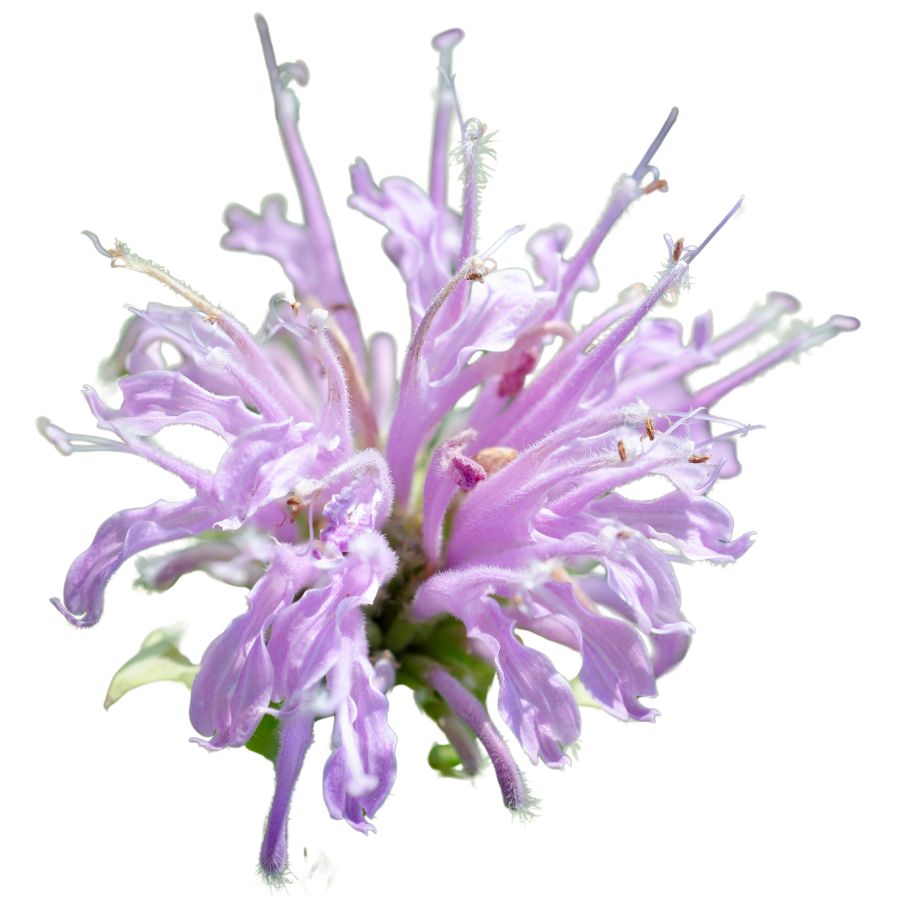
Wild bergamot, which also goes by names like bee balm and Oswego tea, has pale purple flowers that grow in tufted whorls and smell strongly when touched. The square stems and opposite leaves are a good indicator that you’re looking at a plant in the mint family.
The flavor is a mix of thyme and mint, and the texture is slightly coarse, especially when raw. People often use the flowers and leaves fresh in teas or dry them to store in jars.
It’s important to avoid confusing it with similar-looking mints that don’t have the same taste or safe track record. Some varieties of mountain mint, for example, have sharper scents and can cause digestive upset in larger amounts.
Even though it’s not a high-dollar herb, wild bergamot is valuable because of how much flavor you can get from just a few dried petals or leaves. That strong taste also means you don’t need much, which makes it last longer in the pantry.
Horsemint (Monarda citriodora)
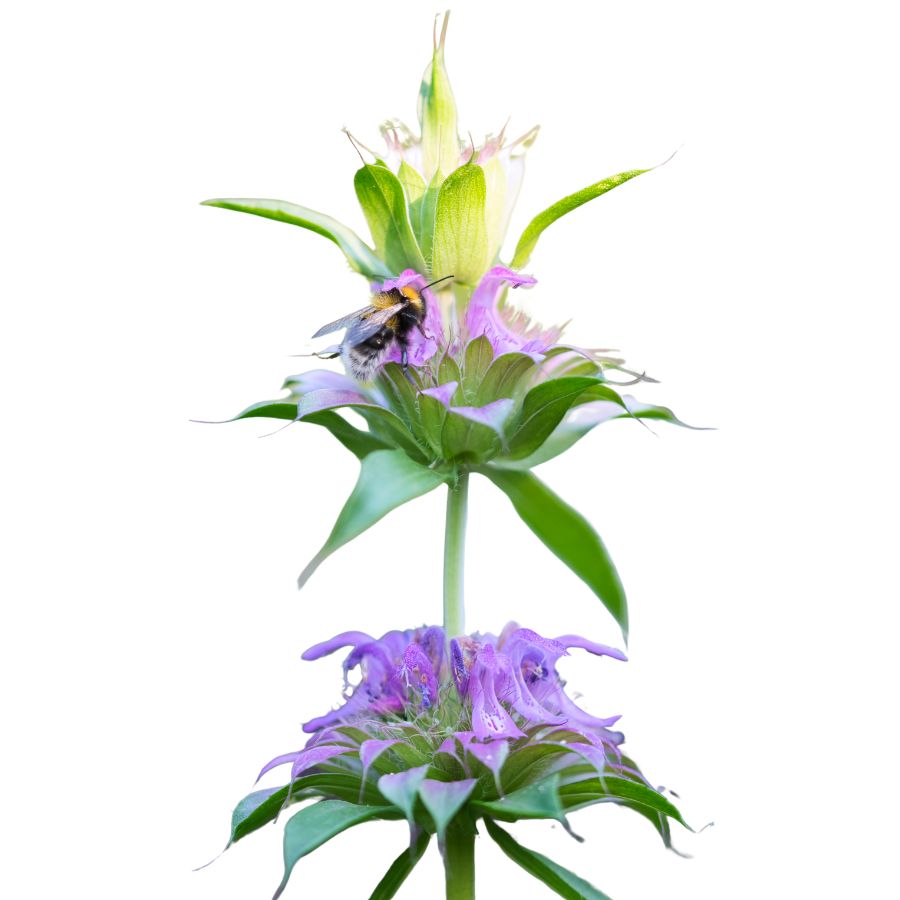
The wild herb horsemint, also called lemon beebalm or lemon mint, has a layered crown of purple-pink flowers that grow in tight whorls on tall square stems. Its narrow, toothed leaves give off a strong citrus scent when crushed, which sets it apart from most of its non-edible lookalikes.
Both the leaves and flowers are edible and are often brewed into tea or used fresh as a lemony herb in salads. It has a light mint flavor with a hint of oregano and lemon, and the leaves can also be dried and stored easily.
Horsemint isn’t valuable by the pound like morels or truffles, but its strong flavor makes a small harvest go a long way in the kitchen. Some foragers sell it dried in bundles or in homemade herbal blends for a modest profit.
Don’t confuse it with purple deadnettle or some species of hyssop, which can share similar flower shapes but lack horsemint’s citrus-mint aroma and leaf pattern. Its flower heads grow in stacked rings, which helps separate it visually from plants with single blossoms.
Where to Find Valuable Forageables in the State
Some parts of the state are better than others when it comes to finding valuable wild plants and mushrooms. Here are the different places where you’re most likely to have luck:
| Plant | Locations |
| Morel Mushroom (Morchella spp.) | – Sam Houston National Forest – Davy Crockett National Forest – Bastrop State Park area near Bastrop, TX |
| Chiltepin Pepper (Capsicum annuum var. glabriusculum) | – Big Bend National Park – South Padre Island Farmers’ Market – Coronado National Forest (note: primarily in Arizona, but extends into Texas) |
| Elderberry (Sambucus nigra subsp. canadensis) | – Along the Guadalupe River near New Braunfels – Brazos Bend State Park – Caddo Lake State Park |
| Black Walnut (Juglans nigra) | – Angelina National Forest – Davy Crockett National Forest – Sabine National Forest |
| Pecan (Carya illinoinensis) | – Guadalupe River State Park – Colorado Bend State Park – Brazos Bend State Park |
| Wild Plum (Prunus mexicana) | – Cedar Hill State Park – Dinosaur Valley State Park – Ray Roberts Lake State Park |
| Maypop (Passiflora incarnata) | – Bastrop State Park – Palmetto State Park – Stephen F. Austin State Park |
| Wild Onion (Allium drummondii) | – Enchanted Rock State Natural Area – Pedernales Falls State Park – Lost Maples State Natural Area |
| Jerusalem Artichoke (Helianthus tuberosus) | – Along the Trinity River in Fort Worth – Brazos River near Waco – Colorado River near Austin |
| Desert Prickly Pear (Opuntia engelmannii) | – Big Bend National Park – Guadalupe Mountains National Park – Seminole Canyon State Park |
| Dewberry (Rubus trivialis) | – Pease Park in Austin – Tyler State Park – Huntsville State Park |
| Lamb’s Quarters (Chenopodium album) | – Lady Bird Johnson Wildflower Center in Austin – McKinney Falls State Park – Blanco State Park |
| Purslane (Portulaca oleracea) | – Zilker Botanical Garden in Austin – San Antonio Botanical Garden – Houston Arboretum & Nature Center |
| Chufa (Cyperus esculentus) | – Brazos Bend State Park – San Bernard National Wildlife Refuge – Anahuac National Wildlife Refuge |
| Watercress (Nasturtium officinale) | – Barton Springs in Austin – San Marcos Springs – Comal Springs in New Braunfels |
| Wild Mint (Mentha arvensis) | – Caddo Lake State Park – Lake Livingston State Park – Martin Dies Jr. State Park |
| Wild Bergamot (Monarda fistulosa) | – Lyndon B. Johnson National Historical Park – Balcones Canyonlands National Wildlife Refuge – Inks Lake State Park |
| Horsemint (Monarda citriodora) | – Enchanted Rock State Natural Area – Pedernales Falls State Park – Garner State Park |
When to Forage for Maximum Value
Every valuable wild plant or mushroom has its season. Here’s a look at the best times for harvest:
| Plants | Valuable Parts | Best Harvest Season |
| Morel Mushroom (Morchella spp.) | Fruiting bodies | March – April |
| Chiltepin Pepper (Capsicum annuum var. glabriusculum) | Ripe fruits (peppers) | September – November |
| Elderberry (Sambucus nigra subsp. canadensis) | Flowers, berries | May – June (flowers), July – August (berries) |
| Black Walnut (Juglans nigra) | Nuts | September – October |
| Pecan (Carya illinoinensis) | Nuts | October – November |
| Wild Plum (Prunus mexicana) | Fruits | July – August |
| Maypop (Passiflora incarnata) | Fruits | August – October |
| Wild Onion (Allium drummondii) | Bulbs, leaves | February – April |
| Jerusalem Artichoke (Helianthus tuberosus) | Tubers | October – February |
| Desert Prickly Pear (Opuntia engelmannii) | Pads (nopales), fruits (tunas) | April – June (pads), August – September (fruits) |
| Dewberry (Rubus trivialis) | Berries | April – May |
| Lamb’s Quarters (Chenopodium album) | Young leaves, seeds | March – June (leaves), August – September (seeds) |
| Purslane (Portulaca oleracea) | Leaves, stems | April – September |
| Chufa (Cyperus esculentus) | Tubers | October – December |
| Watercress (Nasturtium officinale) | Leaves, stems | November – March |
| Wild Mint (Mentha arvensis) | Leaves | March – June |
| Wild Bergamot (Monarda fistulosa) | Leaves, flowers | May – July |
| Horsemint (Monarda citriodora) | Leaves, flowers | May – July |
One Final Disclaimer
The information provided in this article is for general informational and educational purposes only. Foraging for wild plants and mushrooms involves inherent risks. Some wild plants and mushrooms are toxic and can be easily mistaken for edible varieties.
Before ingesting anything, it should be identified with 100% certainty as edible by someone qualified and experienced in mushroom and plant identification, such as a professional mycologist or an expert forager. Misidentification can lead to serious illness or death.
All mushrooms and plants have the potential to cause severe adverse reactions in certain individuals, even death. If you are consuming foraged items, it is crucial to cook them thoroughly and properly and only eat a small portion to test for personal tolerance. Some people may have allergies or sensitivities to specific mushrooms and plants, even if they are considered safe for others.
Foraged items should always be fully cooked with proper instructions to ensure they are safe to eat. Many wild mushrooms and plants contain toxins and compounds that can be harmful if ingested.

